[bannerTop]
Welcome to our Zoohair “Virus” removal guide. The following instructions will aid you in removing the unwanted software from your PC.
If your browser has been taken over by Zoohair “Virus”, the information that you will find here may be of use. This program is a browser hijacker and as such, it usually targets your Chrome, Firefox, Explorer or other browser that you are using by default. It is typical for this software to apply certain modifications such as homepage or search engine replacements, but it may also initiate multiple search redirects and the generation of a huge amount of intrusive advertisements. How to get rid of them and effectively remove the browser hijacker from your machine is what we are going to show you here and in the next lines, you will find some detailed information about that. We have also included a free removal guide, which contains specific steps and screen shots, which will help you uninstall Zoohair “Virus” from your system. So, let’s get down to business!
What’s the most likely way to end up with a program like Zoohair “Virus”?
Basically, catching a browser hijacker can happen in many ways. These programs are available far and wide on the web, and their potential sources could be various intrusive websites, automatic installers, free downloads, torrents, shareware platforms, or free software sites. In fact, setups of different attractive applications, games, optimization programs, audio/video players or some software that promises you free functionality and features is what helps the browser hijackers get downloaded on your machine because they are often bundled inside the setup. A lot of users, who get interested in such free setups, may end up willingly downloading and installing the whole bundle and this way they will introduce the browser hijacker inside their computer.
But how can you end up installing a program that you never intended to install in the first place? There is a common mistake most of users make. They usually run the setup of a free and attractive program, which they want to have, but they skip reading the EULA or checking for additionally bundled software, which may come along with it. And this is exactly what they need to do! Installation options like “Advanced” or “Custom” are the best way to prevent any potentially unwanted software from integrating into your system. So, our advice is to always use them when installing something new, because this is how you can choose whether you will allow programs like Zoohair “Virus” to get installed or not. Don’t go for the “Standard”, “Quick” or “Default” option, which is usually recommended, because this is how all the software, bundled inside the given setup will automatically get installed, without letting you customize it.
Is Zoohair “Virus” a malicious program or a virus?
The way that Zoohair “Virus” may get installed and hijack your browser may look a bit tricky and intrusive, but this doesn’t mean this piece of software is malicious or resembles any of the harmful features of the computer viruses, or some other hazardous threats like Ransomware or Trojans. In fact, security experts don’t consider browser hijackers a serious threat to the users’ PC since they don’t contain harmful scripts capable of performing malicious actions or certain harm to the users’ computer. But browser hijackers can still be classified as potentially unwanted and many people prefer to uninstall them from their systems. Why? Because they are related to a rather aggressive advertising approach, which basically imposes certain changes to the users’ browser and initiates page redirects, which force certain advertisements, sponsored messages, promotions and new websites directly onto the users’ screen. Also, it is not uncommon that a program like Zoohair “Virus” could be enrolled in a Pay-Per-Click advertising scheme and may be used as an aggressive marketing tool for online promotion and advertising.
How can Zoohair “Virus” impact your browsing and system performance?
Despite that the browser hijacker will not do major harm to your system or security, still, it may not be a good idea to keep this software on your computer. A program like Zoohair “Virus” can become the reason for a lot of browsing related annoyance. Not only may it not let you browse the web in piece due to the huge amount of ads, pop-ups and sponsored messages it may throw at you, but it may make your browser totally unresponsive to your searches, cause it to freeze or crash. You may frequently find yourself on web pages you never intended to visit, or you may randomly bump into some compromised or insecure sites where threats like Ransomware, Trojans and other viruses may be lurking. We must also mention that more often than not, the browser hijacker can be used to monitor the search queries, the bookmarks, and your browsing history, which could be associated with a rather intrusive form of a marketing research. All this could give you a good reason to reconsider the presence of Zoohair “Virus” on your system and decide whether to remove it or keep facing its annoying activity every time you open your browser. In case you decide to get rid of this program, please take a look at the removal guide below. It is detailed enough to help you effectively eliminate the browser hijacker and all of its modifications once and for all.
Zoohair “Virus” Removal
I – Safe mode and revealing hidden files
II – Uninstallation
[bannerMiddle]
- Use the Winkey+R keyboard combination, write Control Panel in the search field and hit enter.

- Go to Uninstall a program under Programs.

- Seek the unwanted software, select it and then click on Uninstall
If you are unable to spot Zoohair “Virus”, search for any unrecognized programs that you do not remember installing on your PC – the unwanted software might disguise itself by going under a different name.
III – Cleaning all your browsers
- Go to your browser’s icon, right-click on it and select Properties.

- Go to the Shortcut tab and in the Target make sure to delete anything written after “.exe”.

- Now, open your browser and follow the instructions below depending on whether you are using Chrome, Mozilla or IE.
- Chrome users:
- Go to your browser’s main menu located in the top-right corner of the screen and select Settings.
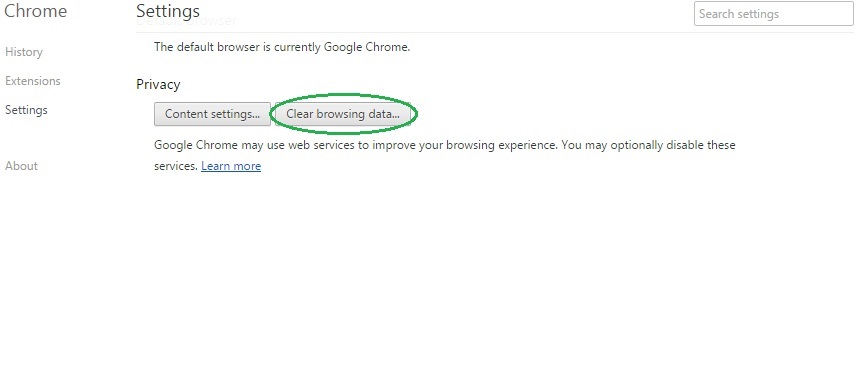
- Scroll down, click on Show Advanced Settings and then select Clear browsing data. Just to be sure, tick everything and clear the data.
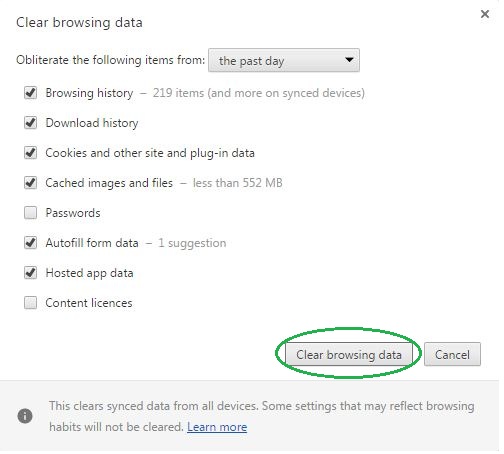
- Now, in the left pane, go to Extensions and look through all extensions that are integrated within your browser. If you notice any suspicious add-on, disable it and then remove it.
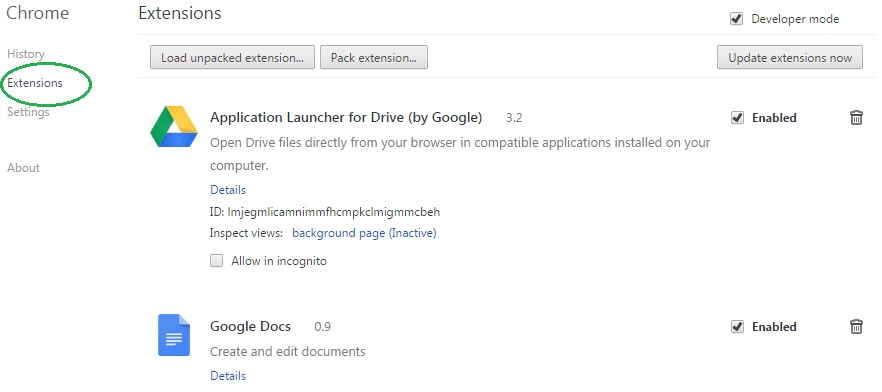
- Firefox users:
- Similarly to Chrome, go to the main menu and select Add-ons and then Extensions.
- Remove any suspicious browser extensions that you may have even if they do not have the name Zoohair “Virus” on them.
- IE users:
- Go to Tools and select Manage add-ons.

- Click on all add-on types from the left pane and check if there is anything suspicious in the right panel. In case you find anything shade, make sure to remove it.
IV – Removing Shady processes
[bannerMiddleSecond]
- Go to your start menu, type Task Manager in the search field and from the results open View running processes with Task Manager.

- Thoroughly look through all processes. The name Zoohair “Virus” might not be there, but if you notice any shady looking process that consumes high amounts of memory it might be ran by the unwanted program.
- If you spot the process ran by Zoohair “Virus”, right-click on it, open its file location and delete everything in there. Then go back to the Task Manager and end the process.

V – DNS check
- In the start menu search box write View Network Connections and open the first result.
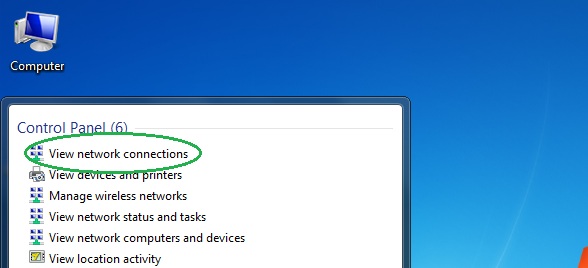
- Right-click on the network connection you are using and go to Properties.

- Select Internet Protocol Version (TCP/IPv4) and click on Properties.

- If Obtain DNS server addresses automatically is not checked, check it.
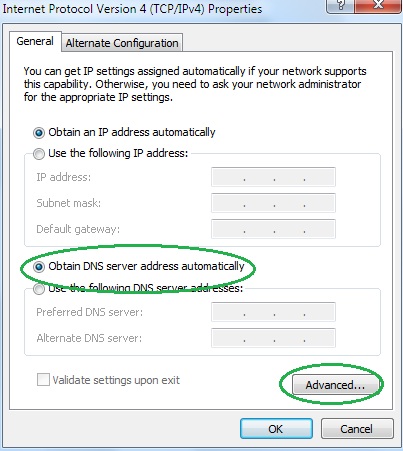
- Go to Advanced and select the DNS If there is anything in the DNS server addresses field, remove it and click OK.

- Click OK on the rest of the opened windows.

Leave a Reply